In the fast-paced world of sales, effective management is key to driving growth and achieving success. Yet, traditional management approaches often fall short when it comes to inspiring and motivating sales teams to reach their full potential. To truly unlock growth in sales, managers must adopt a leadership mindset, invest in their teams, maintain regular communication, and empower sales professionals to become the heroes of their own success stories. In this post, we'll explore these strategies and how they can lead to transformative results for sales teams.
Lead, Don't Manage
Effective sales leadership goes beyond simply managing tasks and quotas; it involves inspiring and guiding sales professionals to excel. Rather than micromanaging every aspect of their team's activities, sales managers should focus on leading by example, providing mentorship, and empowering their teams to take ownership of their success. By fostering a culture of leadership and accountability, managers can cultivate a high-performing sales team that is driven to achieve and exceed its goals.
Invest in Your Team
Investing in the development and growth of sales team members is crucial for long-term success. This investment can take many forms, including providing training and professional development opportunities, offering coaching and feedback, and providing resources and support to help sales professionals excel in their roles. By investing in their team's success, managers demonstrate their commitment to their employees' growth and development, fostering loyalty, motivation, and a sense of belonging within the team.
Check In Regularly
Regular communication and feedback are essential for ensuring that sales teams stay on track and aligned with organizational goals. Rather than waiting for quarterly or annual reviews, managers should make it a priority to check in regularly with their team members to provide guidance, support, and feedback. These check-ins offer opportunities to celebrate successes, address challenges, and course-correct as needed, keeping the team focused and motivated to achieve their objectives.
Make Them the Hero of Their Own Story
Sales professionals are driven by a desire to succeed and make a meaningful impact in their roles. The managers of the sales team need to find ways to support and equip their members to become successes to help keep motivation going. Without helping the sales professionals to become “Heros Of Their Story,” the managers are failing to support the team effectively. Just like we make the customers heros, we need to make sure our team members are the hero in their stories.
Successfully managing a sales team for growth requires more than just overseeing day-to-day activities; it involves leading by example, investing in team development, maintaining regular communication, and empowering sales professionals to become the heroes of their own success stories. By adopting these strategies, sales managers can drive growth, inspire excellence, and create a culture of success within their teams.
Have a great week!
Businesses wonder why it is still hard to be thought of as the brand of choice with the best customers and top employees. How can our business make more profitable transactions and stay out of the commodity battle with low profits? How can we land and keep top talent in our organization with the salary wars. Kevin teaches your sales and leadership teams how to build the key ingredient to be successful with their relationships and take your goals to the next level with high levels of engagement.
Kevin’s website: www.kevinsidebottom.com
Kevin’s email: kevin@kevinsidebottom.com





















